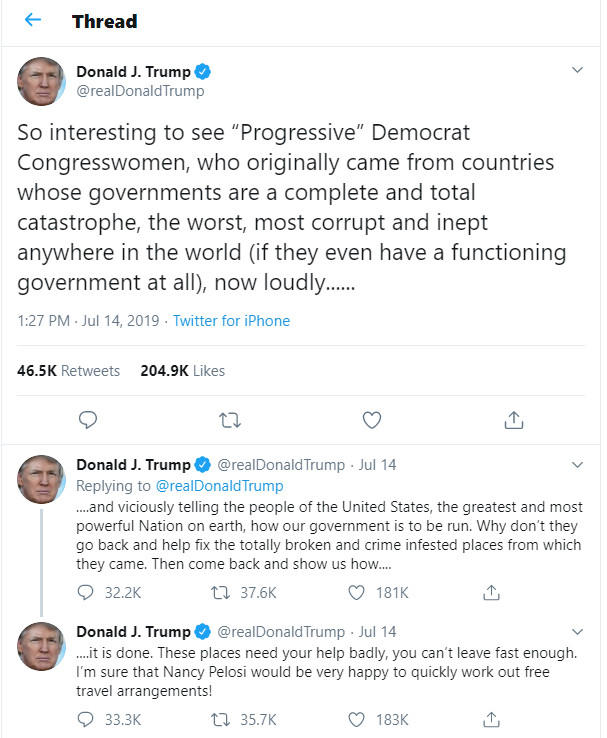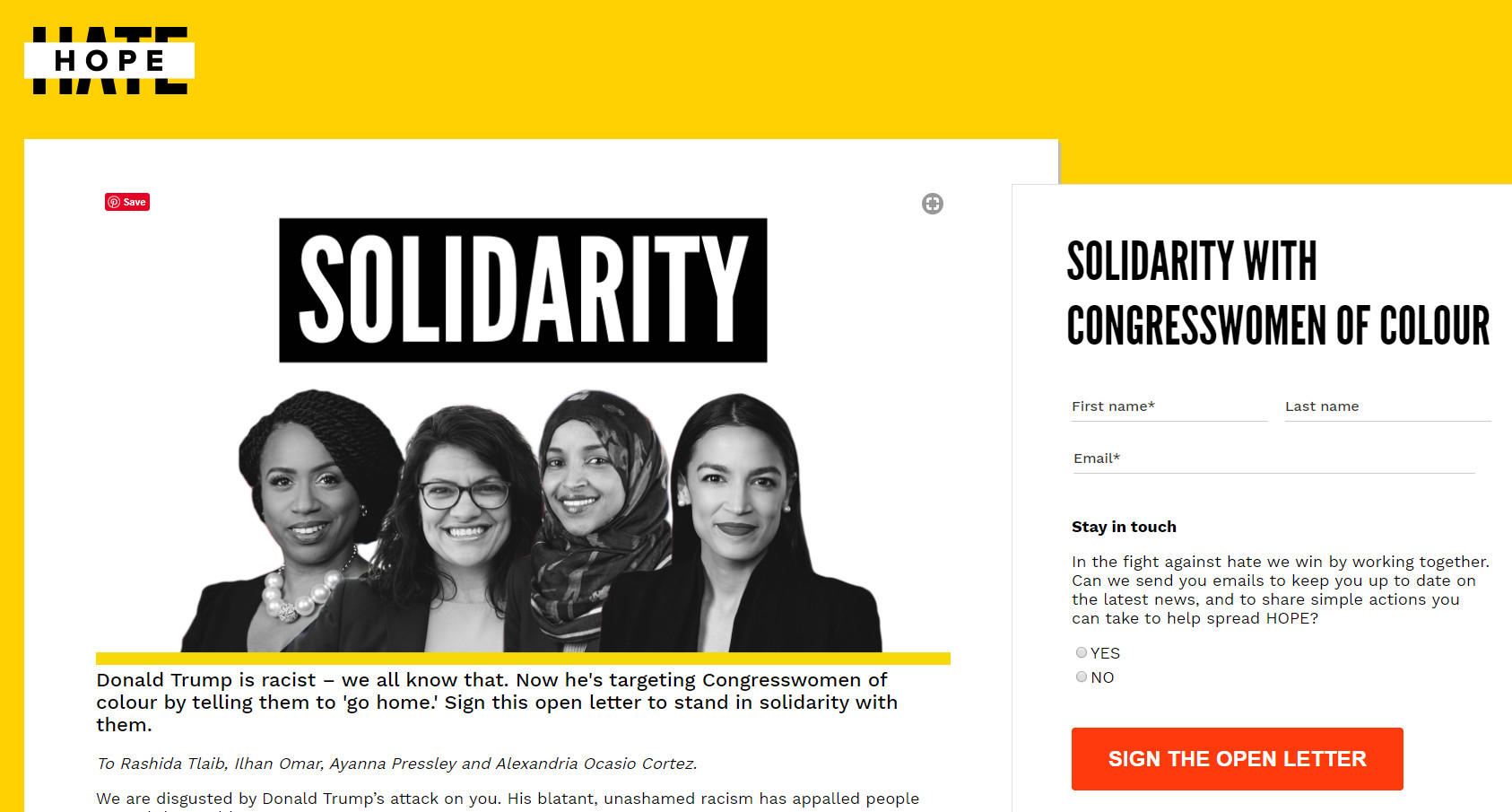We live in a world when a tweet from the US President sent at 2am resets the entire news agenda and when a powerful photograph can travel the world in minutes and bring more attention to a forgotten global crisis than a meeting of world leaders scheduled months in advance.
As the way we consume our news has changed so has the speed people react, share opinions, spread hashtags and plan action. In this new reality, mission-driven organisations that want to connect with people and make change, need to adapt to succeed. The era of the ‘five-year campaign plan’ or writing emails to supporters three months in advance is over. Charities and campaigning groups need a new approach: we like to call it ‘newsdesk thinking’.
Newsdesk thinking takes lessons from how media outlets set themselves up to be flexible to react to breaking news events and adds that to smart campaign strategy, so that when the moment arises, your team can spot it quickly and has the confidence to be first out with a way supporters can channel their reaction into a constructive response.
How Hope Not Hate do this well
Hope Not Hate are an example of an organisation that do this brilliantly. When President Trump tweeted that the four US congress women should ‘go home’, the global outrage to this racism was instant. Hope Not Hate, who stand against racism and fascism in all its forms, decided that they needed to act, so they wrote an open letter of solidarity to the four women and asked their supporters to sign it.
It gave people something to do to channel their anger in a constructive way, it showed that Hope Not Hate would act on its values even if it means taking on a president and it helped them reach out to new supporters who were mobilised in their disgust for the tweet. And this instant reaction to the news cycle resulted in close to 5,000 new people joining the Hope Not Hate email list.
Matthew McGregor, campaigns director at Hope Not Hate, said: "This was a quick feel-good piece of campaigning. We did it because we were angry and because we thought our supporters would be too. We wanted to say something, even if it was a small thing, to send a message. And in this case we saw our list grow as a result too. It's important to have a theory of change, but our theory on this one was that sometimes it’s nice to say 'p*ss off, Mr President'.


Instant social media reaction
It was this newsdesk thinking that helped grow Change.org from a small site with a few thousand signers to the world’s largest petition platform. It was a bank holiday Monday when the then secretary of state for work and pensions Ian Duncan Smith said on BBC Radio 4 that people complaining about welfare cuts were wrong and living on £50 a week was easy.
The reaction on Twitter was instant. Outraged people called him out for being out of touch. Change.org’s then director of communications John Coventry spotted an opportunity, reaching out on Twitter to suggest that people should start a petition.
Within an hour the petition to “get IDS to live on £50 a week’ had started and before civil servants had got back to their offices from the long weekend the petition had tens of thousands of signatures. It went on to be the first petition on the site to reach over a quarter of a million signatures and led the news agenda for over a fortnight, opening the space for people experiencing the sharp end of welfare cuts to talk about their impact.
“Organisations spend so much time and money creating contrived ‘moments’ - when there are real moments happening every single day ripe for hijacking.” Says John Coventry, who runs GoFundMe’s Europe and Australia operation and previously led Change.org’s global comms team. “There are so many News cycles happening all the time it’s hard to make sense of it all sometimes - but if your teams are set up right, empowered to execute quickly and given the space to fail well, the rewards can be huge: the perfect triangle of reputation, donations and real world impact.”
Six steps to put newsdesk thinking into practice
So how can other organisations adopt newsdesk thinking, we’ve broken it down into 6 steps:
- Be ready: Every media outlet has a clear editorial position. You need the same. Having a clear vision of the world you are trying to create, the issues you care about and the values you hold are the essential starting point. Newsdesk thinking isn’t about jumping in with your hot take on every Love Island breakup, it’s about knowing what you care about and being confident to act when an opportunity emerges.
- Active scanning: What are people talking about today? That’s the question to keep asking. Keep an eye on leading activists on Twitter, Instagram and blogs. Often this is where issues rise up before they make news. It’s not about everyone in the office listening to the Today programme, often 5Live, Victoria Derbyshire and LBC are more helpful to get a sense of what people are talking about outside of Westminster. Consuming the news and talking about the news needs to be a part of day to day life, not just something the comms team do.
- Ideas culture: Journalists are expected to turn up with new ideas for stories every day. Building an ideas culture in your office is vital. Create a safe space for people to share without worrying if it’s a good or bad idea. It could be at daily stand ups, a ‘have you seen this?’ whatsapp group or slack channel - whatever works for your team.
- Rapid response: When a story matches your issues and values and has got people talking, speed matters. Attention spans are short and to capture the energy of the moment you need to be out with an action quickly, we’re talking hours not days. That means having a set up for rapid response campaigning - a faster sign off process, a way to queue jump to get an action email out and a nimble team that have the permission and power to move fast.
- Invest in systems: Spend some time making sure that you can produce beautiful customised landing pages at speed that seamlessly integrate with your email platforms. If you build the things you need to respond quickly, you will be itching to use them and it will drive your speed of response.
- Fail fast, fail forward: If you are taking more risks and testing more actions, not all of them will fly. That’s ok. After each take the time to understand what worked and what didn’t. Moving quickly means taking risks and piloting more actions, so it needs to be ok to fail and learn.
Newsdesk thinking is more than a process, it’s state of mind backed up by practical steps so when you have an idea you have the tools and processes already established to make it happen. It’s an approach that can bring real energy to how your organisation engages with the public and connect your organisation more closely to the conversations people are having every day.
It’s fun, it’s fast and with the right attitude can deliver big results. We urge you to try it out!
Katherine Sladden is a campaigns strategist and the founder of Chorus Campaigns, a collective that connects people that want to change the world with the support and expertise they need to do it. Prior to starting Chorus Katherine was Campaigns Director Change.org. @katsladden
Paul de Gregorio is the founder of Rally and is a leading digital engagement and mobilisation strategist and has worked with charities and membership organisations all over the world - including Cancer Research UK, American Civil Liberties Union and Terrence Higgins Trust. @pauldegregorio
|
Related articles












